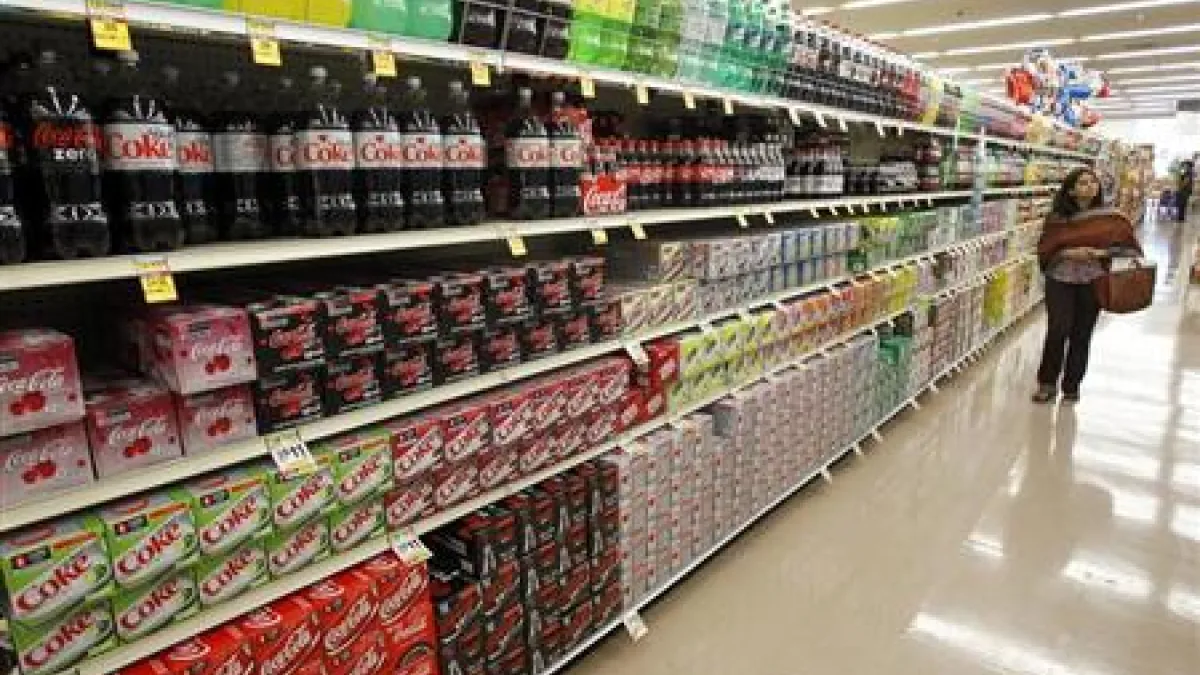
Consumer spending fell 0.1% in May relative to the month before, the Commerce Department announced Friday. It was the first decline in spending since January. Personal income fell, as well, dropping 0.4% on a monthly basis, with disposable income falling an even larger 0.6%. It was the first monthly drop in incomes in nearly four years.
Both sets of numbers were distorted by one-time events. Spending on vehicles dropped sharply in May after rising the month before as Americans scrambled to purchase new cars ahead of new tariffs imposed by President Trump in April. And the drop in income in part reflected a big jump in Social Security payments the month before as new, more generous regulations for some public union retirees took effect.
Still, the declines were potentially a sign of weakness in the economy, arriving as the labor market slows. “It is quite rare for consumer spending to fall in inflation-adjusted terms,” noted University of Michigan economist Justin Wolfers. “It happened during covid, and during the financial crisis, and it is happening now.”
The signal is far from clear, though. The consumer sentiment index from the University of Michigan moved higher in June, according to data released Friday, even as sentiment remains below 2024 levels. Survey director Joanne Hsu said that “consumer views are still broadly consistent with an economic slowdown and an increase in inflation to come.”
Inflation bump: Price data came in slightly hotter than expected, with consumer prices rising 0.1% on a monthly basis and 2.3% on an annual basis. The core price index — which strips out volatile food and fuel prices and is seen by the Federal Reserve as the best measure of the inflation trend — rose 0.2% during the month, faster than expected, bumping the annual core rate up to 2.7%.
The question is whether the modest increase in inflation is just noise in a bumpy data set or an early sign of price hikes driven by Trump’s tariffs. Those tariffs have had little effect on prices so far, but most economists believe that pricing pressure is inevitable. CNBC reports that a leading logistics firm says its customers are currently raising inventory prices by 8%-15%, suggesting that an inflationary surge is now in the pipeline.
Ed Al-Hussainy of Columbia Threadneedle Investments told The New York Times that the latest economic data was as good as you could hope for “going into an inflation shock.” The real question is what happens next. “Then we’ll see how big and persistent it is six months from now,” he said.
At the same time, Al-Hussainy added, a slowing labor market could help defuse inflationary pressure, as worried consumers cut back on consumption and weaker demand helps limit the range of upward price movements.